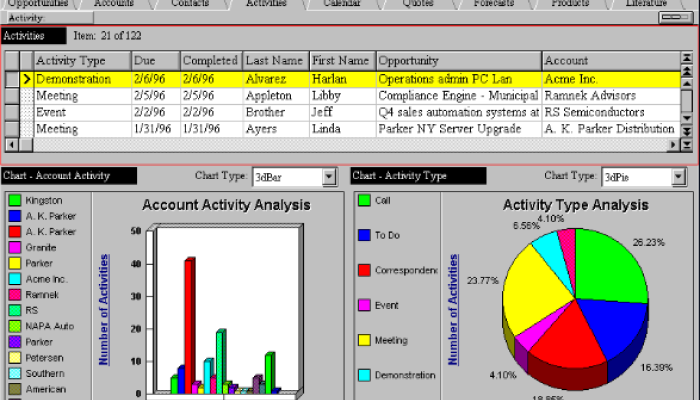
Much of the content around we read, whether it's articles, social media, or overpriced self-help books, is centered around maximizing productivity and minimizing time spent doing nothing "productive" at all. (Have you tried waking up at 4 am or breaking large tasks down into smaller, manageable chunks?)
These messages are not surprising, given that American work culture rewards overwork and blurring the lines between working hours and leisure hours (how dare you) leading employees to skip lunch, stay after hours, and remain available on Slack until they go to bed. Of all professions, sales reps will definitely understand.
But all of this overwork for productivity’s sake is costing us. According to a recent survey from Aflac, 59% of employees feel burnt out from work. Conversely, engagement at work is declining, and both of these trends are pushing productivity downward. So how do we remain productive without burning out?
Turns out you shouldn't ALWAYS be closing – and that regular breaks of varied kinds throughout the day will make you more productive, not less. The Harvard Business Review conducted a systematic review of existing research on workplace breaks, analyzing more than 80 studies. The team, including Zahra Premji, Timothy Wingate, Connie Deng, Lisa Bélanger, and Nick Turner, confirmed that consistent breaks throughout the day are good for productivity and wellbeing.
Why take a break?
It turns out that human beings have a limited amount of time during which they can focus deeply. We've all been so tired at work that we find ourselves reading the same sentence twice. We've all been so tired at work that we find ourselves reading the same sentence twice.
The question then becomes: how long a break should I take, and what should I do during it?
Breaks can take many forms, such as scrolling TikTok, finding your yogurt in the office fridge missing and publicly accusing Greg (it was definitely him) or, our favorite, reading The Quota! But not all breaks are created equal. Here are some variables to consider.
Break length and timing
You actually only need a short break to get positive effects. Just a few micro-breaks at regular intervals can be sufficient. (That's all the time it took for Greg to steal your yogurt, after all.) Timing matters too. shorter breaks are better in the morning, and longer breaks are better in the late afternoon as fatigue increases throughout the day.
Location, location, location
Sitting at your desk and staring into space technically counts as a break, but you'll feel better if you move to a different part of the office or even go outside.
Break activity
Exercising during a break - even just a quick walk - can certainly be beneficial, but the research team found that consistency is key if you want the benefits from this type of break. Unsurprisingly, researchers find that doom-scrolling social media is the most common type of break, but it leaves people depleted, not replenished.
Furry companions
The link between increased performance and breaks spent with furry friends is unclear, but researchers do know that spending time with animals decreases stress hormones in the body.
How can management encourage breaks?
Like PTO, the mere availability of break times does not mean people will use them. (Refer back to societal rewards for overwork). Therefore, management has a duty to lead by example, taking breaks themselves and fostering an environment where breaks are encouraged. This can be achieved in several different ways:
Taking a positive attitude toward breaks
When HR managers incorporate the benefits of breaks into a company’s wellness training programs, it cements break-taking as company policy. Similarly, managers can share their strategies for taking useful breaks and help others brainstorm ways to do the same.
Scheduling dedicated break times
Since employees are often reluctant to take breaks unprompted, scheduling a certain amount of break time during the day and allowing employees to choose where and when the break occurs provides a good balance of structure and flexibility.
Creating physical spaces for breaks
Creating dedicated break locations, whether it's a small courtyard, a comfortable lounge with lots of greenery, or a small dog park for employees to take their pets for a break of their own, demonstrates a company's commitment to regular break-taking. Remote or hybrid companies can arrange times online where people can take a break together but engage in their own activities. And, similar to providing office equipment for working from home, companies can allocate “break budgets” for employees to spend on whatever makes their break the happiest for them.
Clearly, break taking is effective for morale and productivity in the workplace, and companies that want to foster positive work environments should take the benefits of breaks seriously. Now get back to work. Break's over!







